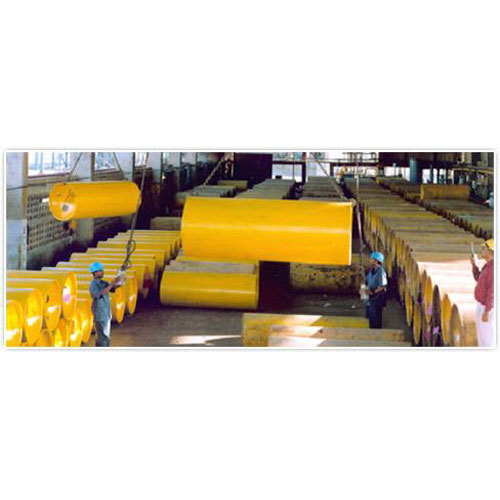Schedule a Call Back
Chlorine
Chlorine
Chlorine is co-produced with caustic soda in the electrolysis of brine. For every ton of caustic soda produced, 0.886 tons of chlorine is also produced. Being a gas and also due to its hazardous nature it cannot be transported over long distances. Generally chlorine is liquefied and transferred into 0.9 metric ton cylinders (called tonners) which are then transported over a limited geographical radius. Chlorine is one of the most abundant naturally occurring chemical elements. It is used in the manufacture of products like vinyls, pharmaceuticals, water disinfectants, agrochemicals, additives in oil and detergents, refrigerants, photographic chemicals, adhesives, inks and coatings. Chlorine also finds application in multiple industries such as electronics and semi-conductors, food processing, automotives, and public health.
Chlorine is produced industrially from the compound sodium chloride, one of the many salts found in geologic deposits formed from the slow evaporation of ancient seawater. Chlorine gas cannot be produced commercially without producing caustic soda, so chlorine and caustic soda are known as "co-products," and their economics are inextricably linked. Chlorinated solvents are used as an extraction medium in pharmaceutical processes, in printing, mining and plastics processing, in the manufacture of adhesives and in paint & varnish remover, Chlorine compounds are essential ingredients in the production of insecticides, herbicides, fungicides, plant growth regulators and public health products which control rodents, mosquitoes, flies and cockroaches. Chlorine compounds have been used in pharmaceutical formulations for many years and play a part in the eradication of infection and disease. It is not only used in antiseptics, but in drugs such as chloramphenicol. This is an antibiotic which is used to treat a tremendous range of diseases - typhoid fever, meningitis, septicaemia, pneumonia, whooping cough, peritonitis and many ear, nose and throat infections.
- Polyurethanes, used for foams and in applications such as soles of shoes its hard wearing properties are important
- Polycarbonates, used where strength is important
- PTFE, used for its non-stick properties and temperature resistance
- Polyvinylidene chloride resins, used for their barrier coating properties
- Titanium dioxide, the non-toxic white pigment used in plastic paints and high quality paper is most commonly made by a manufacturing process involving chlorine














